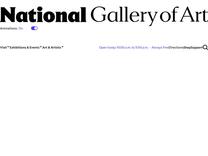Ernst Ludwig Kirchner | National Gallery of Art https://www.nga.gov/artworks/provenance/1436-ernst-ludwig-kirchner
Discover works by Ernst Ludwig Kirchner and learn about the artist
sculptor, engraver and printmaker (1880–1938) Explore Selected Works Artwork Wild

